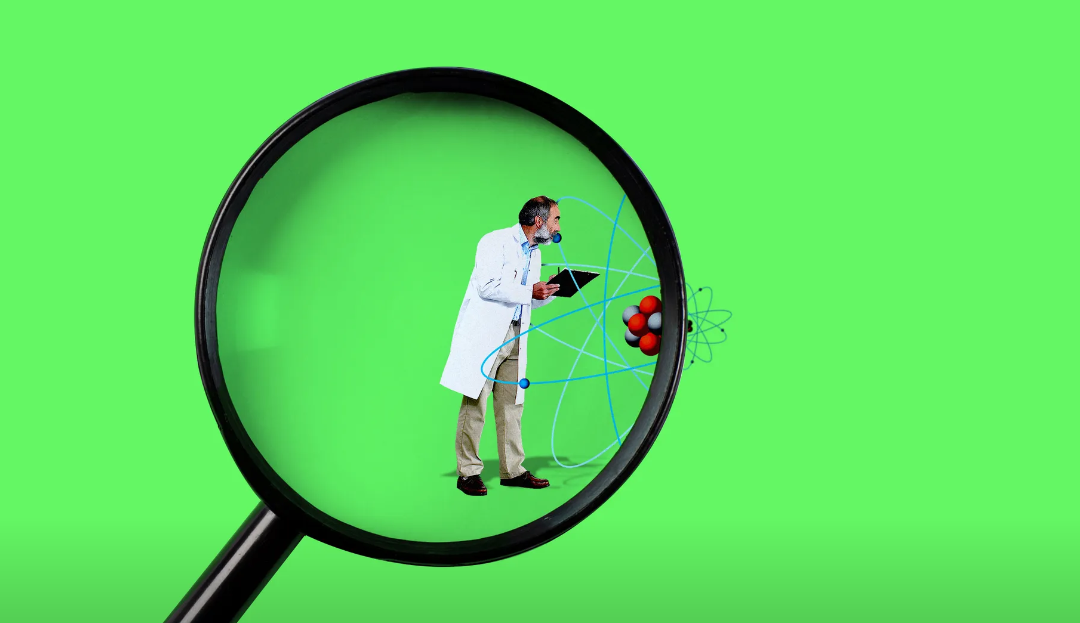
- +86 18120750932
- colin@xmsinuowei.com
- www.xmsinuowei.com

 TO FIND SOME of the coldest objects in the universe, you don’t have to go much further than your local university. There, a physicist may be using laser light and magnets to cool atoms below a stunning –450 Fahrenheit. They might use these ultracold atoms to sense even the weakest magnetic fields in the room, or to build a clock accurate to within a quadrillionth of a second. But they probably could not take these sensors or clocks outside of their lab, as they tend to be large and fragile.
TO FIND SOME of the coldest objects in the universe, you don’t have to go much further than your local university. There, a physicist may be using laser light and magnets to cool atoms below a stunning –450 Fahrenheit. They might use these ultracold atoms to sense even the weakest magnetic fields in the room, or to build a clock accurate to within a quadrillionth of a second. But they probably could not take these sensors or clocks outside of their lab, as they tend to be large and fragile.
Now, a team of physicists at the University of Nottingham have shown that 3D-printing parts for these ultracold quantum experiments allows them to shrink their apparatus to just a third of its usual size. Their work, published in the journal Physical Review X Quantum in August, could open the door to a quicker and more accessible way to make smaller, more stable, customized setups for experiments.
Because they obey the rules of quantum mechanics, extremely cold atoms exhibit new and useful behaviors. “Ultracold atoms are a key technology that goes into a lot of different precision instruments,“ says John Kitching, a physicist at the National Institute of Standards and Technology who was not involved with the study.
“Ultracold atoms are excellent sensors of time. They are excellent sensors of what we call inertial forces, so acceleration and rotation. They are excellent sensors of magnetic fields. And they're excellent sensors of vacuum,” adds his colleague Stephen Eckel, who was also not involved with the work.
Consequently, physicists have long sought to use ultracold atom devices in settings ranging from space exploration, where they could aid in navigation by sensing changes in a vehicle’s acceleration, to hydrology, where they could pinpoint underground water by detecting its gravitational pull aboveground. However, the process of getting atoms cold enough to take on any of these tasks is often complex and arduous. “Having spent a long time as a cold-atoms experimentalist, I'm always really frustrated that we spend all our time fixing technical problems,” says Nathan Cooper, a physicist at the University of Nottingham and one of the coauthors on the study.
The key to cooling and controlling atoms is striking them with finely tuned laser light. Warm atoms zap around at speeds of hundreds of miles per hour, while extremely cold atoms stand nearly still. Physicists make sure that every time a warm atom is hit with a laser beam, the light smacks into it in such a way that the atom loses some energy, slows down, and becomes colder. Typically, they work on a 5- by 8-foot table covered with a maze of mirrors and lenses—optics components—that guide and manipulate the light as it travels toward millions of atoms, often rubidium or sodium, that are kept in a special ultrahigh-vacuum chamber. To control where all the ultracold atoms are in this chamber, physicists use magnets; their fields act like fences.
Compared to miles-long particle accelerators or large telescopes, these experimental setups are small. However, they are way too big and fragile to become commercializable devices for use outside of academic labs. Physicists often spend months aligning every small element in their optics mazes. Even a little shake to the mirrors and lenses—something that is likely to happen in the field—would mean significant work delays. “What we wanted to try and do is build something that's very quick to make and that will, hopefully, operate reliably,” Cooper says. So he and collaborators turned to 3D printing.
The Nottingham team’s experiment does not take up a whole table—it has a volume of 0.15 cubic meter, which makes it slightly bigger than a stack of 10 large pizza boxes. “It is very, very small. We reduced the size by about 70 percent, compared to a conventional setup,” says Somaya Madkhaly, a graduate student at Nottingham and the study’s first author. To build it, she and her colleagues engaged in something like a very customizable game of Lego. Instead of buying parts, they assembled their setup out of blocks that they 3D-printed to be shaped exactly like they wanted.
“I think building a cold-atom system like this is a huge step. Only individual components have been 3D-printed before,” says Aline Dinkelaker, a physicist at the Leibniz Institute for Astrophysics Potsdam who was not involved with the study. If previous experiments were sort of like buying a special Lego kit that lets you build a predesigned spaceship, the Nottingham team’s approach was more like designing the spaceship first, then 3D-printing the blocks that make it up.
A big benefit of using 3D printing is that you can custom-design every component, Dinkelaker notes. “Sometimes you have just a small weirdly-shaped component or a weirdly shaped space. Here, 3D printing can be a great solution,” she says.
Lucia Hackermuller, another coauthor on the paper, says that making each piece according to their own specifications allowed them to optimize. “We want to have the best design possible, and the problem is that normally we have construction constraints,” she says. “But if you use 3D printing methods, you can basically print anything that you can think of.” As part of this optimization process, the team used a computer algorithm that they developed to find the best placement for their magnets. They also worked through 10 or so iterations of their 3D-printed components until they fully finessed them.
The new study is a step forward in making this tool for fundamental physics research more affordable and accessible. “I hope this will accelerate—and also to a degree democratize—standard ultracold-atoms experiments by making them cheaper and much faster to set up,” Cooper says. He speculates that if he were stranded on a desert island with just some lenses and mirrors, rubidium atoms, and a 3D printer, he could go from zero to a fully functional device in about a month—five or six times faster than usual. For Madkhaly, starting from scratch may not be just an imaginary scenario. After she graduates, she says, she may return to her home country of Saudi Arabia and use 3D printing to jump-start new ultracold-atom research. “This is a very new field there,” she adds.
Kitching also envisions these tools being used outside of academia, for example by companies that manufacture quantum-powered sensors that pick up magnetic or gravitational fields. These companies may not employ scientists trained in quantum physics, but that wouldn’t matter. He imagines them setting up assembly lines on which technicians would assemble the devices from 3D-printed components. And if those devices were stable enough to operate without constant adjustments, employees could still use them with confidence.
Commercial ultracold atomic devices could, for instance, be used by civil engineers, oil and gas companies, archeologists, or volcanologists to better map underground terrain, based on the atoms’ extreme sensitivity to gravity. Ultracold atoms may also prove to be a crucial ingredient for navigation tools that work even when GPS satellites are out of reach. Ultracold atomic clocks might be used to synchronize transportation or telecommunication networks, or to secure financial transactions in situations when every exchange or trade requires a very precise timestamp.
Hackermueller and her colleagues plan to keep optimizing their existing setup, too. “We think that we have not fully exploited all 3D printing features yet. This means that our setup could be even smaller,” she says—they think they could get it to nearly half its current size. Says Cooper: “We're going to see what the limits of what you can do with this are.”

Service online